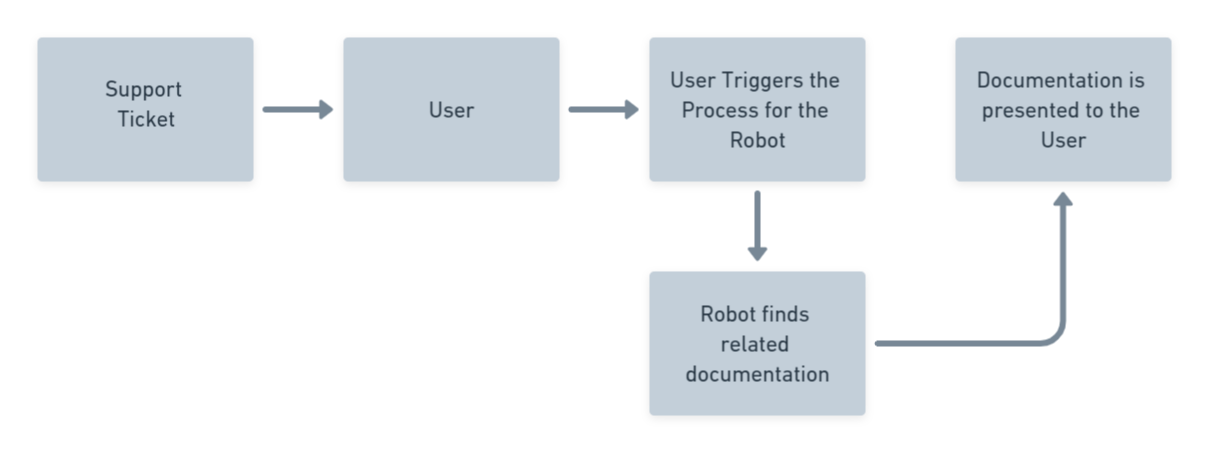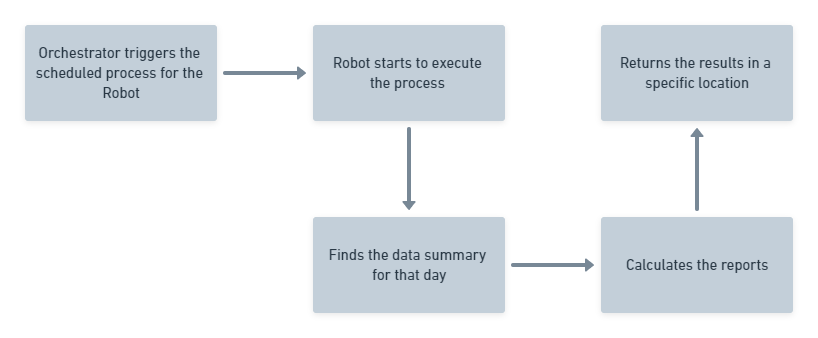As we know, UiPath Robots are the center of action when it comes to automation and helping your business grow and becoming more successful each day. For that, the Robot can use an Attended or an Unattended license so that both your company and the people that help drive it forward can adapt easier.
First, we cover the main aspects that separate the Attended Robot from the Unattended Robot and then we dive deeper into each of them.
| What do they do best? | |
|---|---|
| Attended Robot | Help individual users with small and repetitive tasks |
| Unattended Robot | Running long processes or automations without the need of human interaction |
| How do they work? | |
|---|---|
| Attended Robot | Processes are triggered by users or specific user events (e.g. a call is received) |
| Unattended Robot | Not dependent on users to trigger processes, as they are controlled through Orchestrator |
| Where do they run? | |
|---|---|
| Attended Robot | On the same machine on which the user performs the day-to-day tasks |
| Unattended Robot | Any machine connected to Orchestrator, usually dedicated machines are used |
Now that we know the contrast between the two, let’s get into more details on how each of them works and who can benefit more from them.
Attended Robot
It acts as the personal assistant of an end-user (HR Personnel, Call Center Operator or Data Validation Specialist) and helps them with small day-to-day tasks or specific parts of a process.
Taking a real-life example is the best way to get a good understanding on how the Attended Robot can improve your work and increase the productivity of your work, the diagram below does just that.

- The User receives a Support Ticket, while they read through the details, they realize more information is needed to better answer the request
- The User triggers the Process that searches for documentation on its behalf
- The Attended Robot then starts looking through internal and external sources for related documentation using key words found in the Support Ticket
- The Attended Robot presents them to the User
- The User provides a faster and more complete response using the documentation provided by the Robot
With this kind of deployment, the end-user is in full control of how and when the Robot executes the Processes.
On the other side we have the Unattended Robot which performs best when used at a large scale in a company running in the background to ease off the repetitive or long running tasks of multiple users and even whole departments.
Unattended Robot
This type of Robot does not need direct user interaction to start an automation. Because it usually runs on dedicated machines, the users do not need to interrupt their work for triggering a task/process as the Unattended Robot has already been programmed to run based on the configuration set in the Orchestrator.
As an example, we can use a Reporting System. This is where the Unattended Robot shows its worth as it can be used to capture data related to the employee's performance, daily volume of tasks per department, and other indicators needed in frequent reports or processes that would otherwise be highly manual and time consuming.

Implementing an Unattended Robot in your company to handle the reporting leaves your personnel doing the important part of their work which is taking action based on the end results of the reports, while leaving the actual calculations to the Unattended Robot.
Updated 2 years ago